Home>Garden Essentials>When Did Lord Townshend Invented Crop Rotation
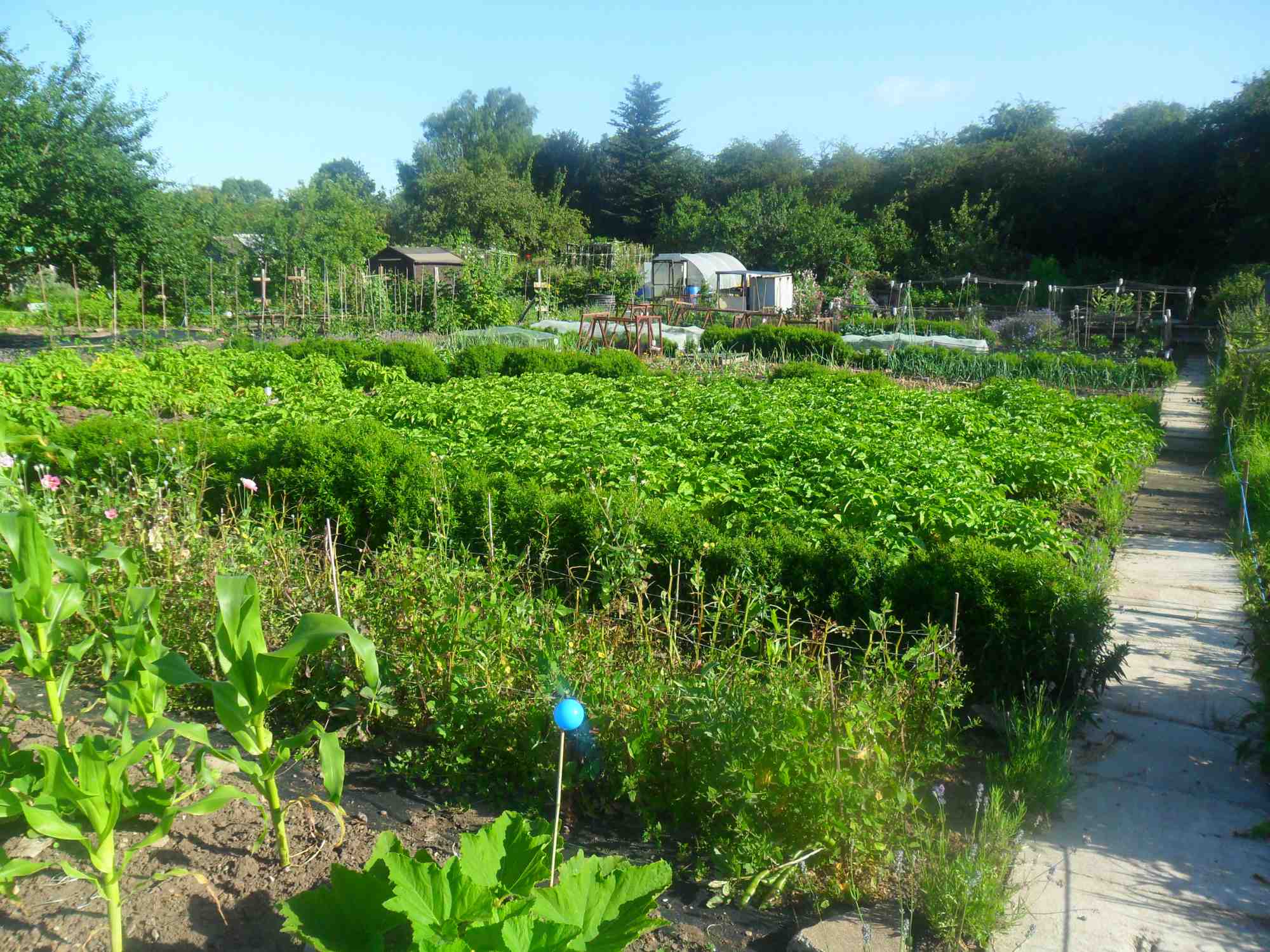

Garden Essentials
When Did Lord Townshend Invented Crop Rotation
Modified: March 24, 2024
"Learn the history of crop rotation and its significance in gardening. Discover when Lord Townshend introduced this revolutionary technique."
(Many of the links in this article redirect to a specific reviewed product. Your purchase of these products through affiliate links helps to generate commission for Storables.com, at no extra cost. Learn more)
Introduction
In the world of agriculture, innovation has long played a crucial role in advancing crop yields and sustainable farming practices. One such innovation that revolutionized farming techniques is crop rotation. Devised by Lord Townshend, this method brought significant improvements to agricultural productivity and soil health. In this article, we will delve into the life of Lord Townshend and explore the origins, benefits, and impact of crop rotation on the world of gardening.
Lord Townshend, also known as Charles Townshend, was an influential figure in the field of agriculture during the 18th century. Born in 1674 in Norfolk, England, he had a keen interest in horticulture and a deep understanding of the importance of soil fertility. His innovative agricultural practices set him apart from his contemporaries, ultimately earning him the title of “Father of Crop Rotation.”
Before delving into the invention of crop rotation, it is essential to grasp the concept itself. Crop rotation is a farming technique that involves the systematic rotation of different crops in a particular field over a set period. This method ensures that crops are not grown in the same soil consecutively, reducing the risk of nutrient depletion, pest attacks, and soil erosion.
Lord Townshend, being an astute observer of nature, recognized the detrimental impact of repeatedly planting the same crop in the same area. This led him to experiment with crop rotation as a means to rejuvenate the soil and increase crop yields. As he studied the rotations, he observed that certain crops helped restore nutrients to the soil while others were able to suppress pests and disrupt their life cycles.
Key Takeaways:
- Lord Townshend, a visionary farmer, invented crop rotation to improve soil health and increase crop yields. This sustainable farming practice benefits farmers and the environment by reducing pests, improving soil fertility, and promoting biodiversity.
- Crop rotation, pioneered by Lord Townshend, revolutionized agriculture by diversifying crops and reducing reliance on chemicals. It helps farmers achieve higher yields, healthier soils, and a more sustainable farming future.
Lord Townshend and his agricultural innovations
Lord Townshend’s contributions to the field of agriculture extended far beyond his invention of crop rotation. He was a visionary who implemented various innovative techniques that transformed farming practices during his time.
One of his notable innovations was the introduction of turnips as a fodder crop. Prior to Lord Townshend’s influence, farmers primarily relied on grazing animals in open fields. However, he realized the benefits of utilizing turnips as a nutritious livestock feed. Turnips helped to improve livestock health, increase meat and milk production, and reduced the need for grazing extensive land areas.
Lord Townshend also promoted the use of marl, which is a type of clay-rich soil, as a fertilizer. He recognized that marl had significant mineral content that improved soil fertility and crop yields. By advocating for the use of marl in agriculture, Lord Townshend showcased his commitment to sustainable farming practices and soil conservation.
Furthermore, Lord Townshend popularized the use of manure as a natural fertilizer. He understood the importance of organic matter in maintaining soil health and productivity. By encouraging the proper management and application of manure, Lord Townshend helped farmers maximize their yields while minimizing the need for synthetic fertilizers.
Lord Townshend’s agricultural innovations were not limited to crop production. He also emphasized the importance of maintaining and improving rural infrastructure. He advocated for the drainage of wetlands, the construction of roads, and the enclosure of common lands. These measures not only facilitated transportation and trade but also provided farmers with access to previously unused land, increasing the potential for cultivation.
Overall, Lord Townshend’s agricultural innovations paved the way for modern farming practices. His emphasis on sustainable methods, soil fertility, and infrastructure development laid the foundation for increased productivity and improved food security.
Understanding crop rotation
Crop rotation is a farming practice that involves the systematic rotation of different crops in a specific field over a defined period. It is based on the principle that different crops have varying nutrient requirements, growth patterns, and pest vulnerabilities. By rotating crops, farmers can optimize soil health, reduce pest pressure, and enhance overall crop productivity.
There are several key aspects to consider when implementing crop rotation:
- Diversity of crops: Crop rotation involves planting a diverse range of crops in a sequential order. This diversity helps prevent the buildup of pests and diseases that are specific to certain plants. Different crops also have varying nutrient requirements, which allows for efficient use of soil nutrients.
- Rotation sequence: The specific sequence in which crops are grown in a rotation has a significant impact on its effectiveness. A typical rotation sequence may involve dividing the land into several sections and rotating crops between them in a specific order. This prevents the same plant family from being grown in the same soil for consecutive growing seasons.
- Cover crops: Incorporating cover crops, such as legumes or grasses, into the rotation cycle can further enhance soil health. Cover crops help prevent erosion, improve soil structure, and increase organic matter content. They also fix nitrogen from the atmosphere, reducing the need for synthetic fertilizers.
- Beneficial relationships: Crop rotation takes advantage of the symbiotic relationships between different plant species. Some crops, known as green manure crops, have the ability to fix nitrogen in the soil, benefiting subsequent crops that have higher nitrogen demands. Similarly, certain crops can suppress soil-borne pests and diseases, reducing the need for chemical treatments.
The benefits of crop rotation extend beyond soil health and pest management. It also enhances water drainage and reduces the risk of soil erosion. By diversifying cropping systems, farmers can improve biodiversity, support beneficial insects and pollinators, and mitigate the environmental impact of intensive monoculture farming.
Implementing an effective crop rotation plan requires careful planning, monitoring, and adaptation to local conditions. Farmers must consider factors such as climate, soil type, and crop suitability. Regular soil testing and analysis can provide valuable insights into nutrient levels and help determine appropriate crop choices for rotation.
Overall, crop rotation is a sustainable farming practice that promotes soil health, reduces reliance on chemical inputs, and improves overall crop productivity. It is a valuable tool in the arsenal of modern farmers, helping to ensure a resilient and environmentally friendly agricultural system.
Lord Townshend is credited with popularizing the concept of crop rotation in the 18th century, but the practice has been used for centuries by various cultures to improve soil fertility and crop yields.
The invention of crop rotation by Lord Townshend
The invention of crop rotation is attributed to Lord Townshend, a visionary farmer and agricultural reformer of the 18th century. His innovative farming practices and keen observations of nature led him to develop a systematic approach to crop rotation, which brought significant improvements to agricultural productivity.
Lord Townshend, also known as Charles Townshend, was born in Norfolk, England, in 1674. He recognized the importance of soil fertility and the limitations of traditional farming practices that continuously depleted nutrients from the land. Drawing inspiration from his deep understanding of nature, Lord Townshend devised a rotational system that allowed the soil to rejuvenate and replenish its nutrients.
Lord Townshend’s method involved dividing his fields into sections and systematically rotating different crops in each section over a set period. He carefully selected crops that complementary in terms of their nutrient requirements and growth patterns. By doing so, he ensured that each crop replenished the depleted nutrients of the previous crop while effectively utilizing the available resources.
One of the key elements of Lord Townshend’s crop rotation method was incorporating legumes into the rotation cycle. Legumes, such as peas and beans, have the unique ability to form a symbiotic relationship with nitrogen-fixing bacteria in their root nodules. This process allows them to convert atmospheric nitrogen into a form that can be utilized by plants. By including legumes in his rotation, Lord Townshend was able to naturally increase the soil’s nitrogen content, thus benefiting subsequent crops that require higher levels of this essential nutrient.
Lord Townshend also recognized the importance of breaking pest and disease cycles through crop rotation. By switching between different plant families, he disrupted the life cycles of pests that were specific to particular crops. This reduced the dependence on chemical pesticides and mitigated the risk of pest outbreaks that can lead to significant crop losses.
Through careful observation, experimentation, and continuous improvement, Lord Townshend refined his crop rotation system over the years. His innovations not only rejuvenated the soil but also resulted in significant increases in crop yields and overall farm productivity. His success with crop rotation caught the attention of other farmers and agriculturalists, spreading the adoption of this revolutionary farming practice throughout Europe and beyond.
The invention of crop rotation by Lord Townshend marked a turning point in the history of agriculture. It was a groundbreaking technique that showcased the importance of sustainable farming methods, soil management, and biodiversity in achieving long-term agricultural success. His innovative spirit and commitment to agricultural reform continue to influence farming practices to this day.
Impact and Benefits of Crop Rotation
The implementation of crop rotation has had a significant impact on agriculture and has brought numerous benefits to farmers and the environment alike. Let’s explore some of the key impacts and benefits of this innovative farming practice.
1. Soil Health: One of the most profound impacts of crop rotation is its positive effect on soil health. By alternating different crops, farmers can avoid depleting the soil of specific nutrients, effectively reducing the risk of nutrient imbalances. Additionally, incorporating nitrogen-fixing legumes into the rotation cycle helps replenish nitrogen levels naturally, reducing the need for synthetic fertilizers. Crop rotation also improves soil structure, water retention, and microbial activity, leading to healthier and more fertile soils for future crops.
2. Pest and Disease Management: Crop rotation plays a crucial role in breaking pest and disease cycles. Different crops attract different pests and are vulnerable to specific diseases. By rotating crops, farmers disrupt these cycles, making it harder for pests and diseases to establish and spread. This reduces the reliance on chemical pesticides and fungicides, promoting more sustainable and environmentally friendly farming practices.
3. Weed Suppression: Crop rotation can help suppress weeds naturally. Certain crops, such as cover crops, have a dense growth habit that competes effectively with weeds, reducing weed pressure. The use of cover crops and their subsequent incorporation into the soil can also smother and suppress weeds, minimizing the need for herbicides.
4. Increased Crop Yields: A well-planned and implemented crop rotation system has been shown to increase overall crop yields. By optimizing nutrient availability, reducing pest pressure, and improving soil health, farmers can achieve higher productivity and improved profitability. The rotation of crops also allows the soil to rest and recover, reducing plant stress and enhancing the quality of the harvested produce.
5. Biodiversity and Environmental Conservation: Crop rotation promotes biodiversity on farms by diversifying plant species and providing habitats for a variety of beneficial insects, pollinators, and wildlife. Increased biodiversity has positive ripple effects throughout ecosystems, creating a more balanced and sustainable environment. Additionally, crop rotation reduces the risk of nutrient runoff and soil erosion, preserving water quality and maintaining the health of nearby water bodies.
6. Financial Stability: Although implementing crop rotation requires careful planning and management, it can provide long-term financial stability for farmers. By reducing input costs, such as synthetic fertilizers and chemical pesticides, and improving crop yields, farmers can achieve higher profits and establish more resilient farming operations.
The impact and benefits of crop rotation extend beyond individual farms. This sustainable practice helps to build resilient agricultural systems, conserve natural resources, and contribute to global food security. It is a testament to the power of innovation and the importance of embracing sustainable farming practices for a healthier planet.
Read more: Who Invented Crop Rotation?
Conclusion
The invention of crop rotation by Lord Townshend revolutionized the field of agriculture and continues to have a lasting impact on farming practices today. His innovative approach to farming, based on a deep understanding of soil fertility and the interrelationships between crops, brought significant benefits to farmers and the environment.
Crop rotation has proven to be an effective and sustainable farming practice with a multitude of benefits. By diversifying crops, farmers can enhance soil health, improve nutrient availability, and reduce the risk of pest and disease outbreaks. This method optimizes resource usage, reduces the need for synthetic inputs, and increases overall crop yields.
The impact of crop rotation is not limited to the farming community. The practice promotes biodiversity, supports beneficial insects and pollinators, and contributes to environmental conservation. By reducing reliance on chemical inputs and mitigating soil erosion, crop rotation plays a vital role in preserving water quality, protecting ecosystems, and fostering a more sustainable planet.
Lord Townshend’s visionary thinking and commitment to agricultural innovation have left a lasting legacy. His invention of crop rotation transformed the agricultural landscape, inspiring farmers around the world to adopt more sustainable and environmentally friendly farming practices. Today, crop rotation continues to be a cornerstone of modern agriculture, ensuring sustainable food production and contributing to global food security.
As we move forward, it is crucial to recognize the importance of sustainable farming practices like crop rotation. By embracing innovative techniques and harmonizing human activities with nature, we can build a resilient agricultural system that nourishes both people and the planet.
In conclusion, crop rotation stands as a testament to the power of observation, experimentation, and the pursuit of knowledge. Lord Townshend’s invention has proven to be a game-changer, paving the way for a more sustainable and productive future in farming. Let us carry forward his legacy by embracing crop rotation and continuing to explore innovative ways to ensure a thriving and sustainable agricultural sector.
Frequently Asked Questions about When Did Lord Townshend Invented Crop Rotation
Was this page helpful?
At Storables.com, we guarantee accurate and reliable information. Our content, validated by Expert Board Contributors, is crafted following stringent Editorial Policies. We're committed to providing you with well-researched, expert-backed insights for all your informational needs.
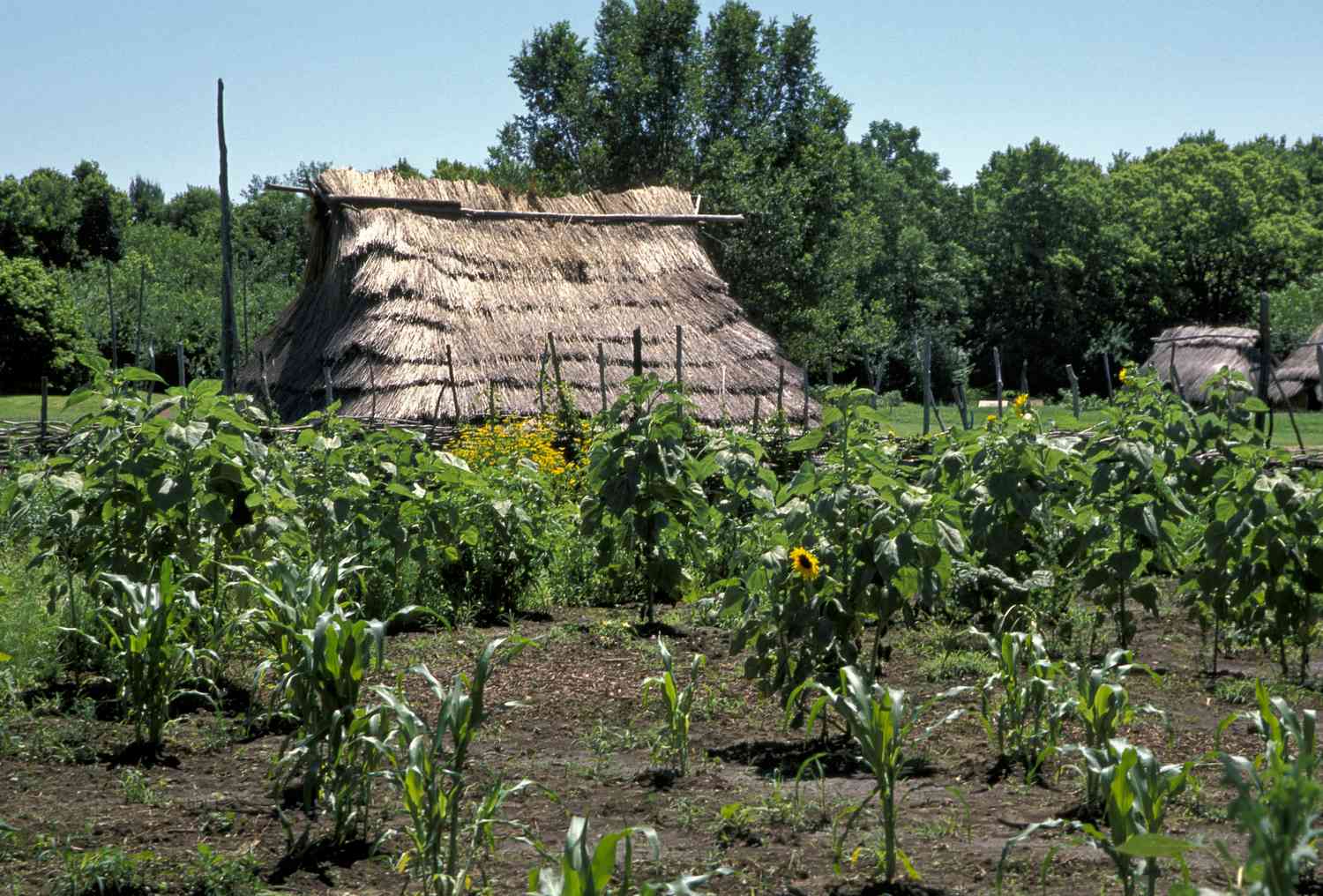

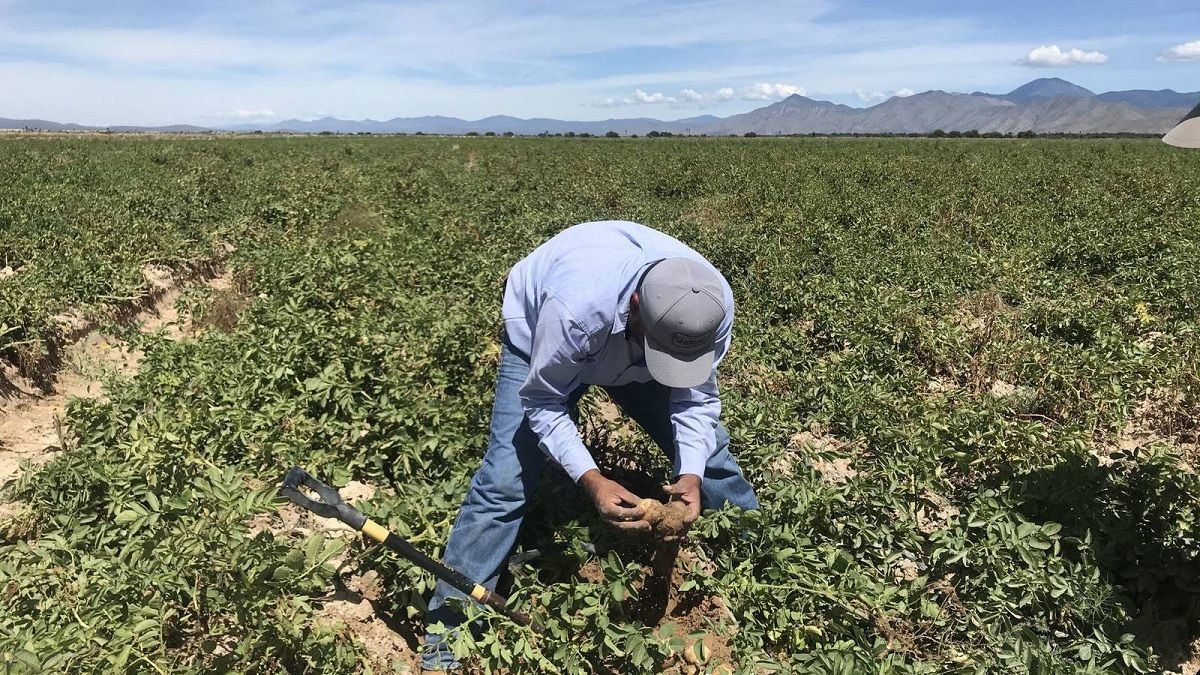

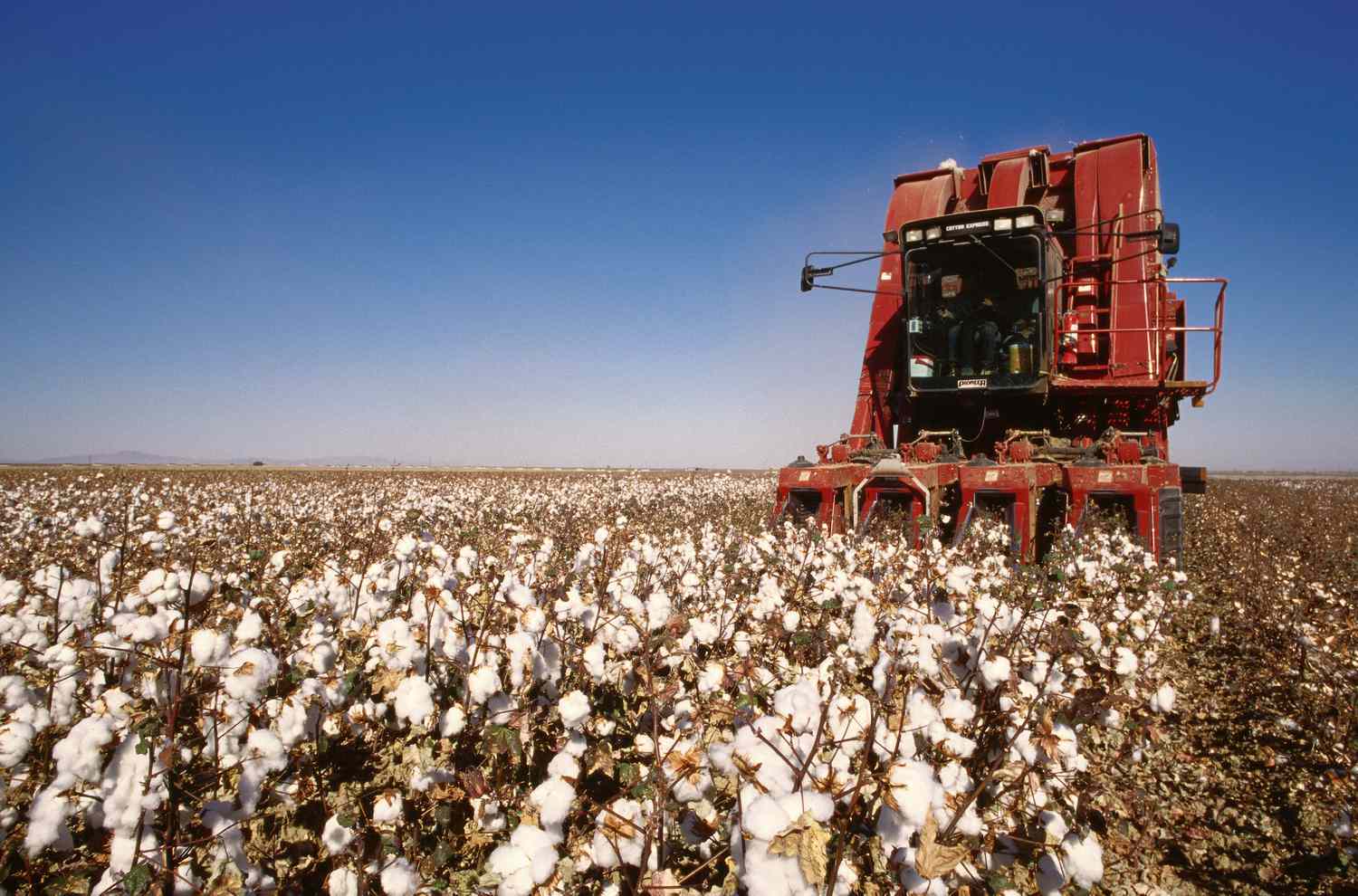
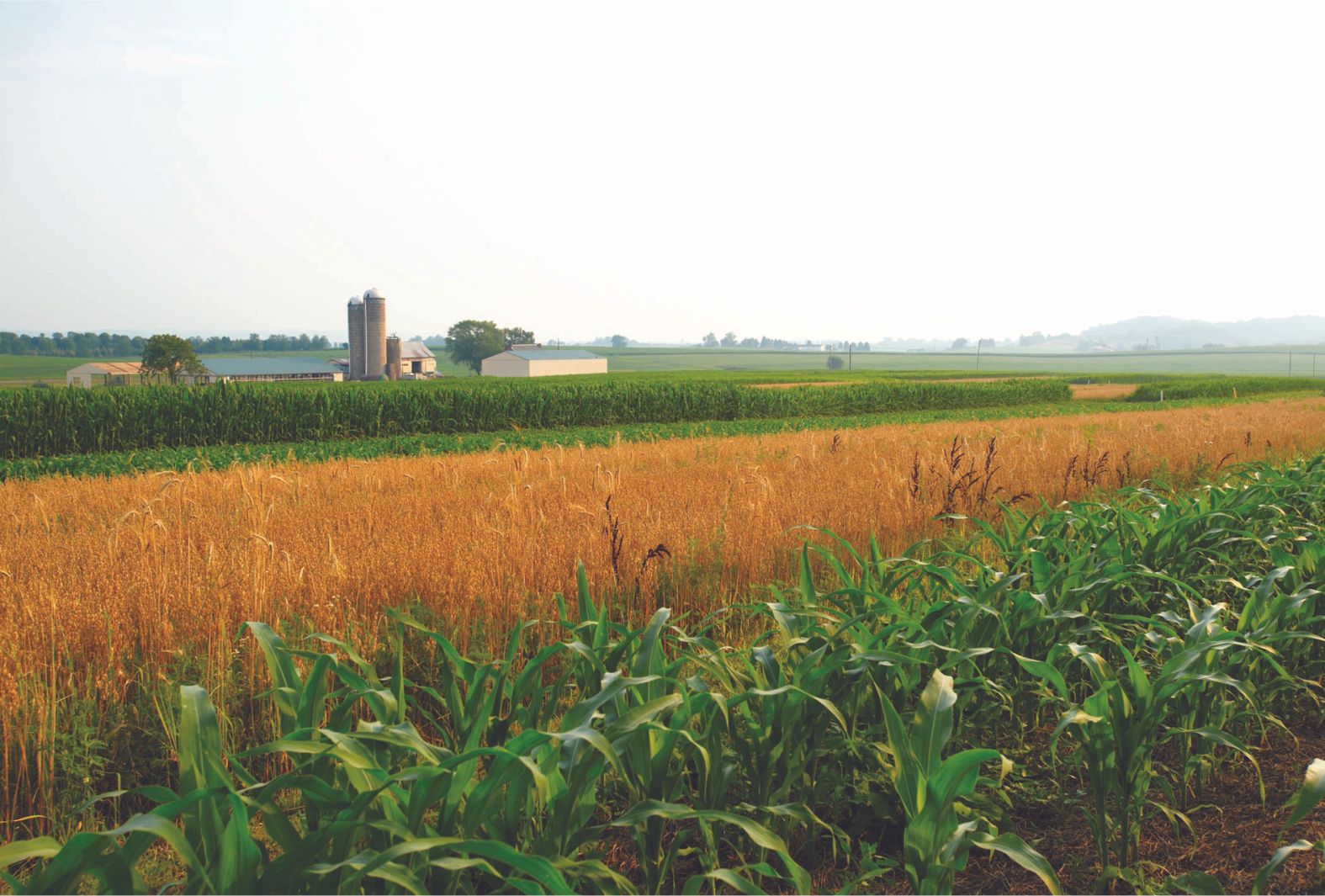
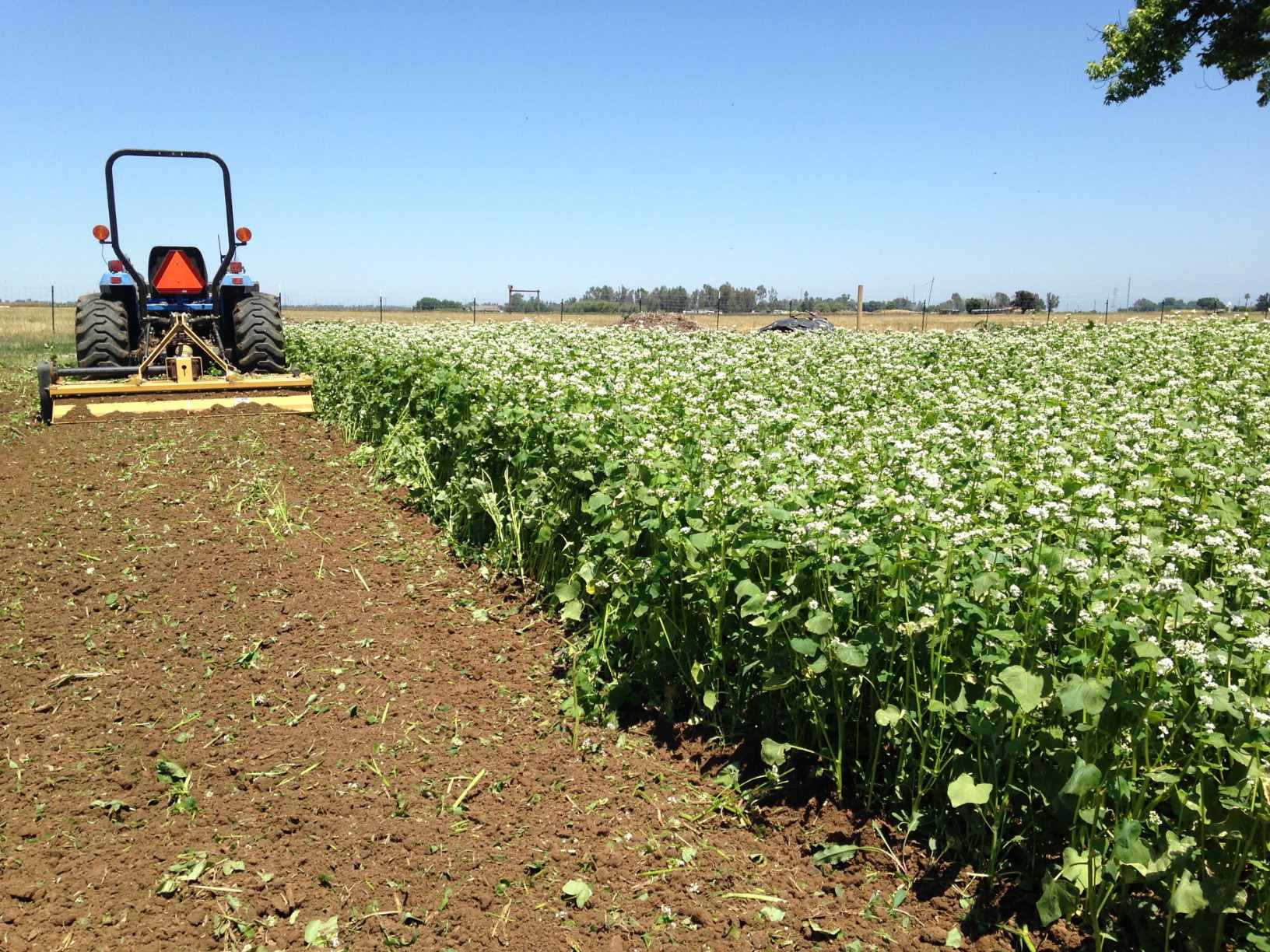
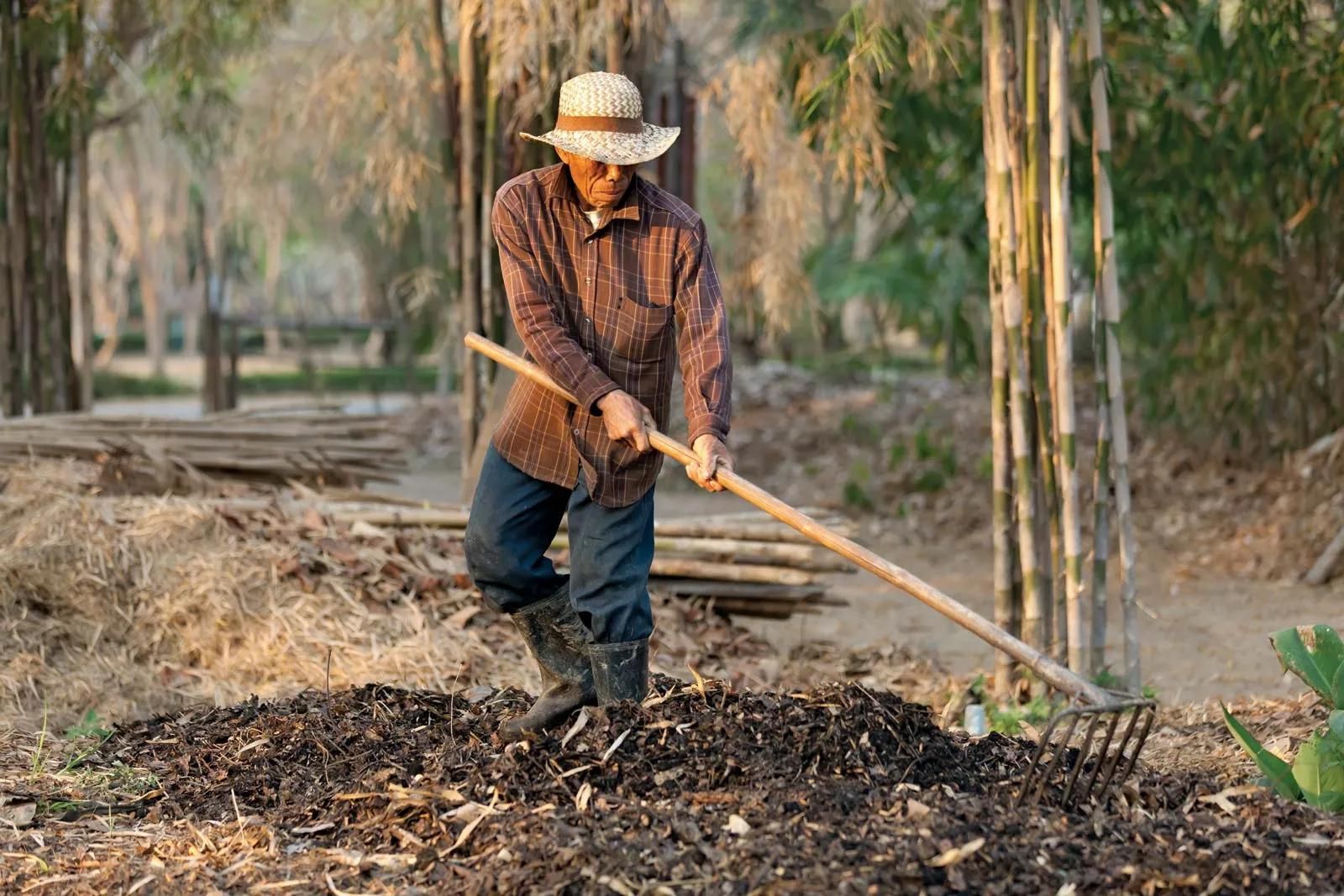
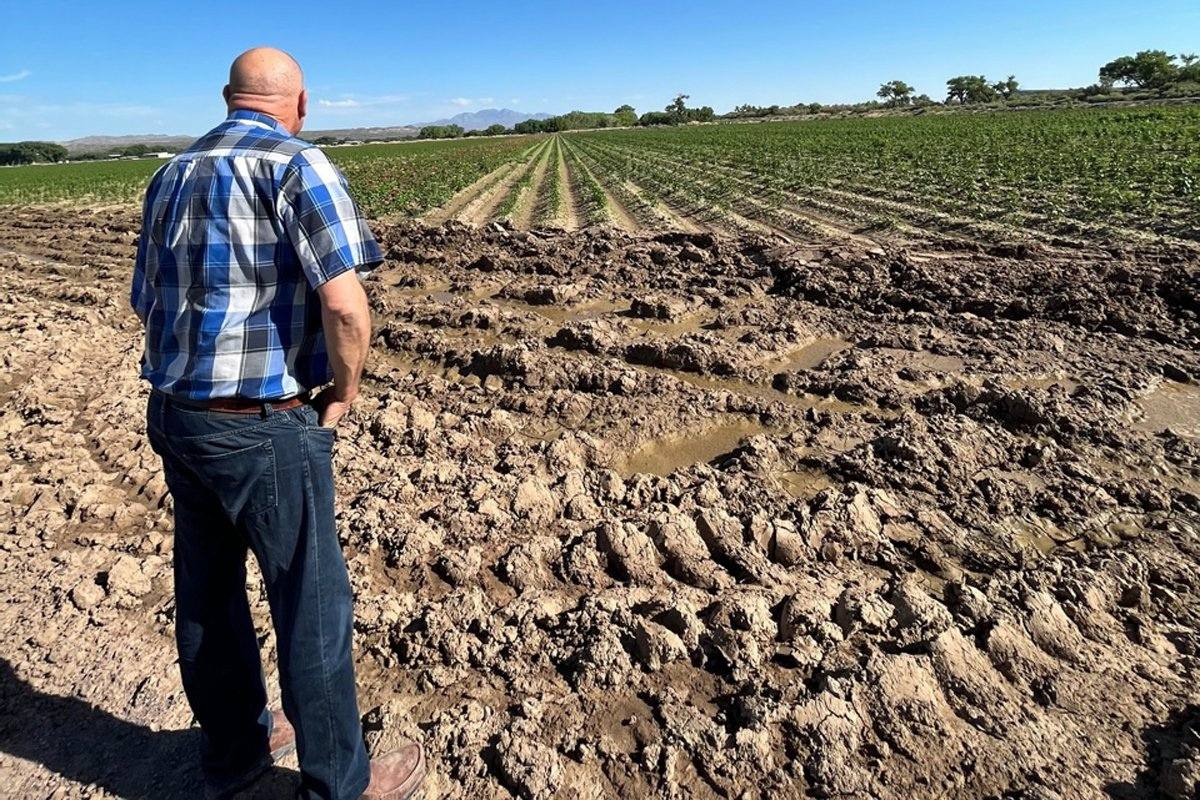

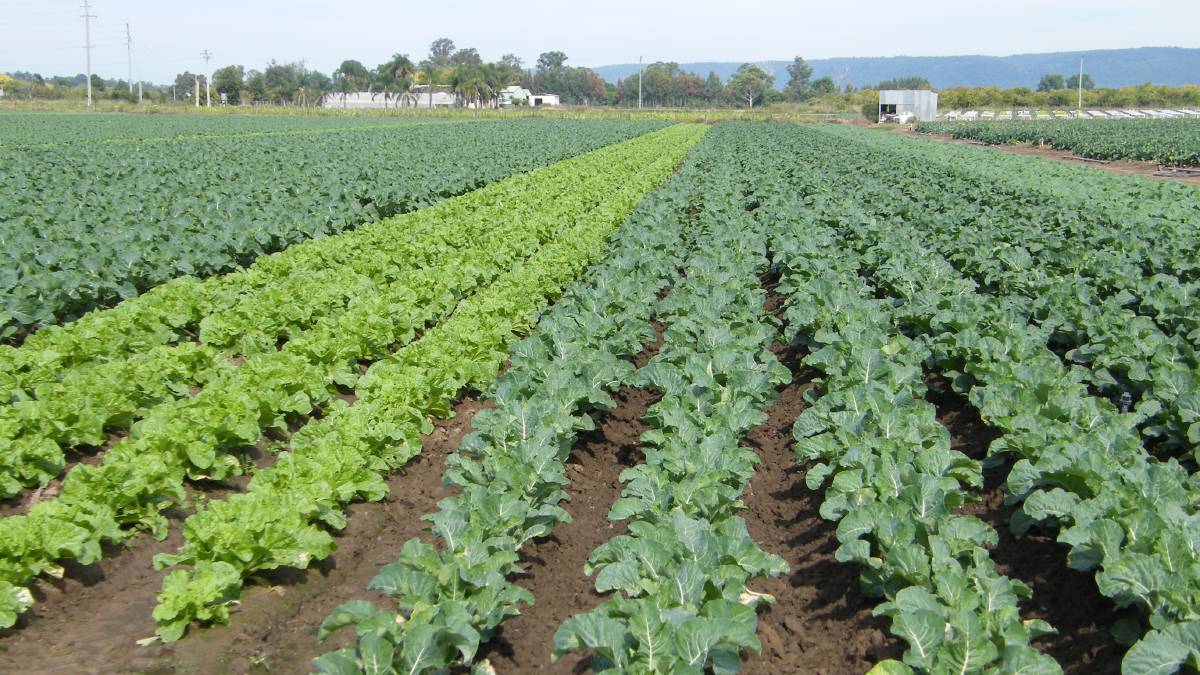
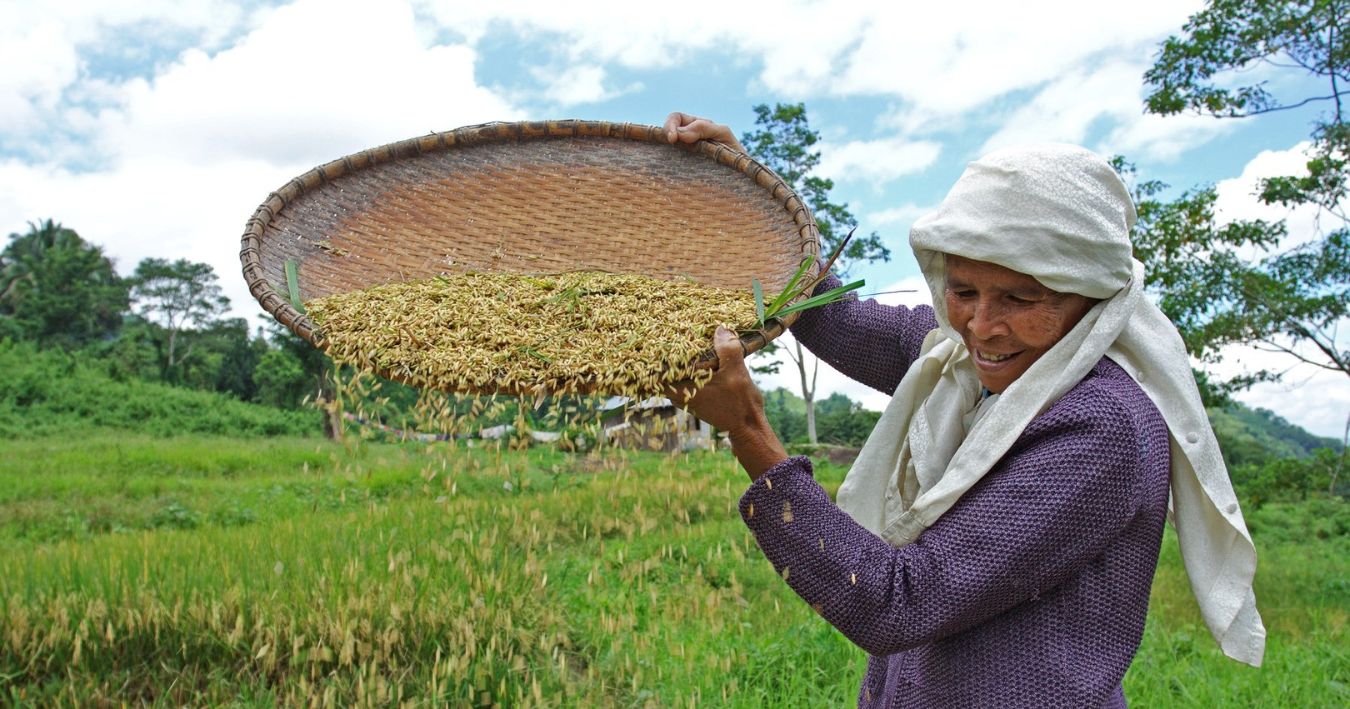
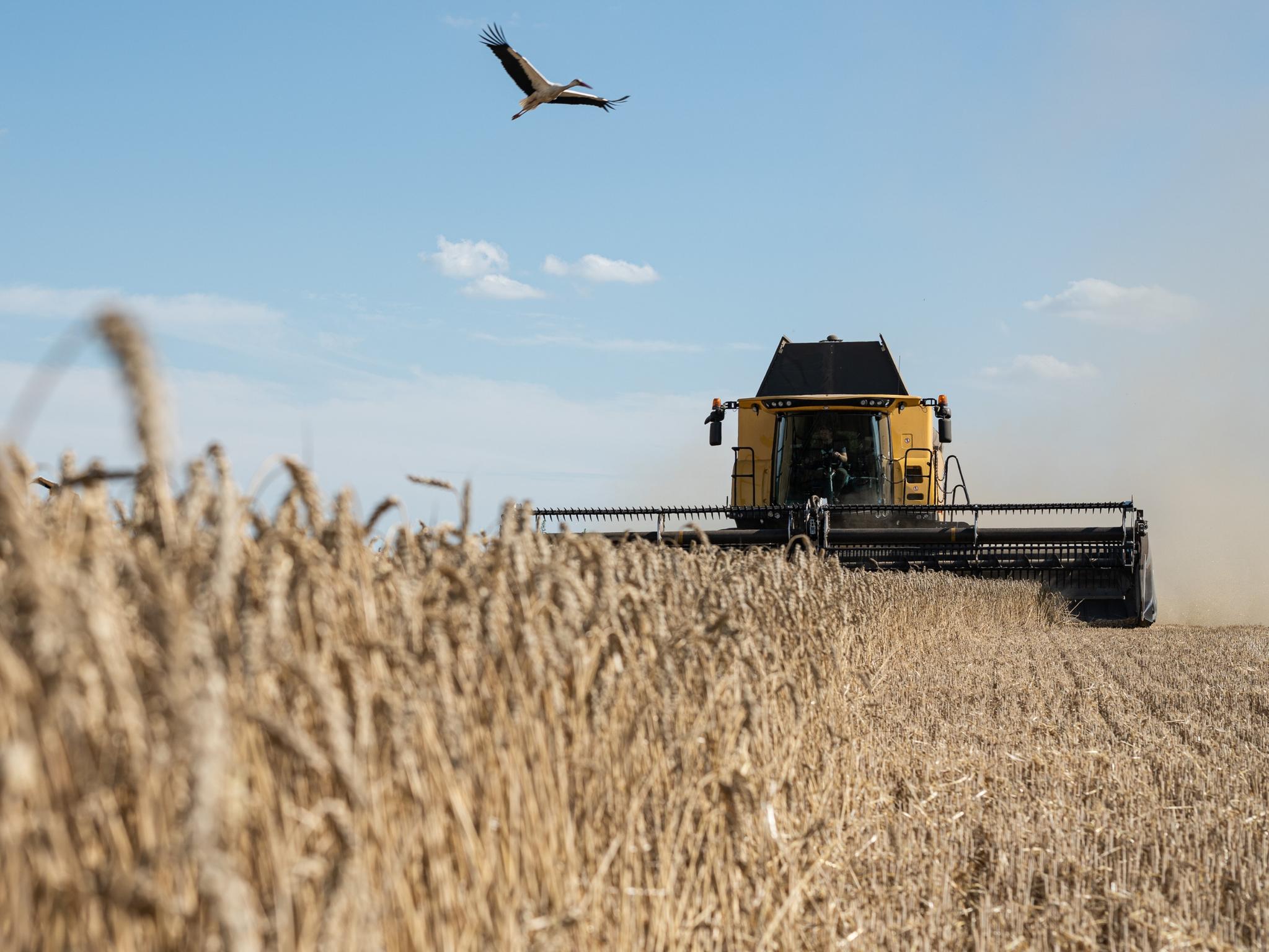


0 thoughts on “When Did Lord Townshend Invented Crop Rotation”